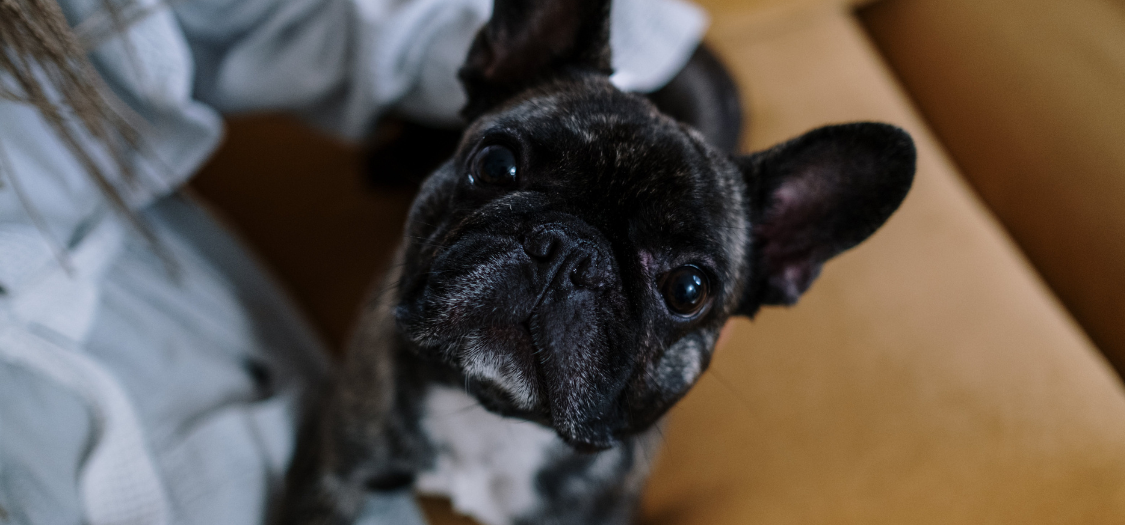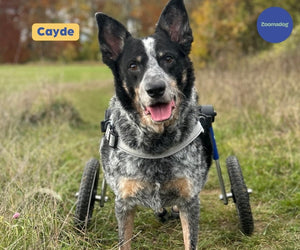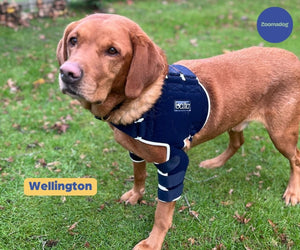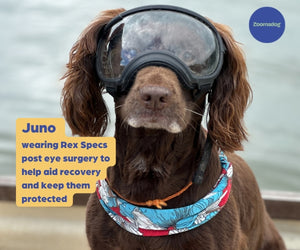01730 622544

What Does IVDD Surgery Involve For My Dog? What Happens and What I Should Know?
Two types of surgical techniques for IVDD
Generally, the aims of IVDD surgery are to relieve the pressure on the spinal cord, restore normal blood flow to the area, and possibly as a preventative measure to stop a future recurrence.
- Fenestration Surgery is when the disc material is removed. This is a simpler form of IVDD surgery than decompressive surgery
- Decompressive Surgery is when some of the vertebra is removed to enable removal of the disc material from the vertebral canal.
A hemilaminectomy takes place when the thoracolumbar spine is affected. Part of one side of the vertebrae is removed, which allows removal of the disc material from the vertebral canal. A dorsal laminectomy takes place when the lumbosacral area is affected. A portion of spinal vertebrae is removed from the dorsal (or back) of the vertebral column, to enable disc material removal.
Decompressive surgery is more difficult than fenestration surgery.
Surgery generally lasts between 1 and 3 hours.
If you and your vet decide that IVDD surgery is the best option for your dog, your dog will need to be operated on by a specialist (either a neurologist or orthopaedic surgeon).
If it hasn’t already happened, diagnostic imaging may be taken while your dog is under general anaesthetic (MRI or CT scans). This gives the surgeon more information about which disc has been affected etc.
Antibiotics and analgesics may be prescribed before surgery. Your dog won’t be able to eat for 12 hours before a general anaesthetic.
Preparation for IVDD Surgery
To prepare for surgery, your dog will be sedated, given IV anaesthetic and intubated. The anaesthesia will then be maintained by gas.
After IVDD Surgery
After surgery, your dog will be given post-operative care. Painkillers will be administered. Nurses and vets will monitor your dog’s recovery from the anaesthetic. The surgeon will assess your dog’s progress, keeping an eye on comfort levels, functional movement and ability to urinate in particular. Dogs are generally discharged only once they’re able to urinate independently. This can take several days.
Your dog will be discharged with an extensive physiotherapy treatment plan and you’ll be given instructions for aftercare, which will include crate rest. This is typically 2-5 days after surgery.
Further Reading
Read further about Non-Surgical and Conservative Management IVDD treatments here: https://zoomadog.co.uk/collections/conservative-management-ivdd
Read more about IVDD Causes, Prevention, Early Signs of IVDD in Dogs, and Help at Home https://zoomadog.co.uk/collections/dog-ivdd-or-intervertebral-disc-disease
Find the best dog Back Braces here https://zoomadog.co.uk/collections/dog-back-brace

Looking for help with your dog?
We can help find the right solution for your dog
Feel free to give us a call on 01730 622544
or email us at woof@zoomadog.co.uk







Leave a comment